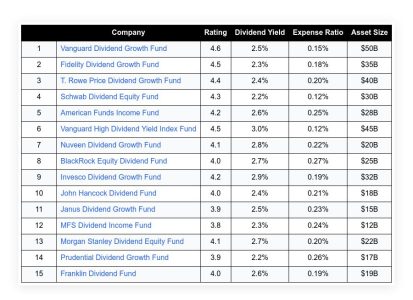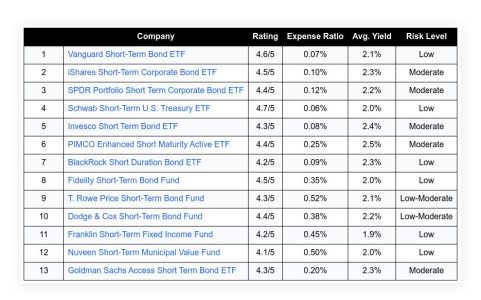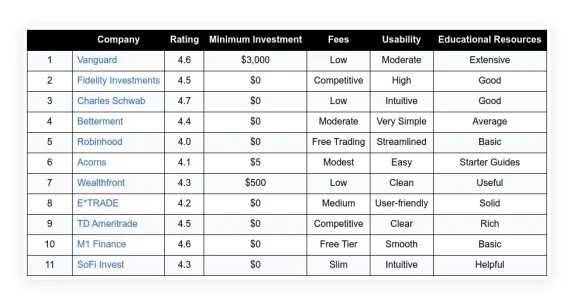In recent market discussions, experts have highlighted the advantages of private investment vehicles over traditional public market options such as the S&P 500. The analysis explains how private equity and credit can improve returns while lowering investors’ risk exposure. By comparing historical performances and risk metrics, the discussion offers insight into evolving market dynamics in which fewer companies choose the public route.
Table of Contents
ToggleShifting Trends In The Market
One key observation is that there are far fewer publicly traded stocks today than in past decades. Around the year 1997, the public market contained many more listings. However, as the economy has expanded over time, many companies have chosen to remain private. This shift allows these companies to focus on long-term growth rather than being pressured by short-term quarterly reports.
Investors now see distinct advantages in this change. With fewer stocks on the public market, the S&P 500 delivers competitive returns while keeping risk in check. Compared to a diverse portfolio of public companies, private entities benefit from a management approach prioritizing gradual growth over immediate earnings figures.
View this post on Instagram
Private Equity And Its Performance
The conversation on investments has turned toward private equity funds as a means to potentially outperform the widely followed S&P 500 index. A private equity fund has shown impressive gains since its inception, reportedly delivering returns three times greater than the S&P 500 in similar time frames.
Over the last three years, this fund has achieved returns 73% higher than the benchmark index. Such strong performance is not without its context. The analysis reveals that losses would have been limited even if an investor were to buy at a low point and sell at a low point. For instance, in the worst-case scenario, the private equity fund would have dropped by 4.5%, while the S&P 500 fell by 24.5% during the same period.
Even in unfavorable market conditions, the fund demonstrated resilience with lesser losses compared to the S&P 500.
These figures are presented net of fees, emphasizing the effective performance in terms of both gains and risk management. Investors considering private equity can capture these benefits while distancing themselves from some of the volatility seen in public markets.
Private Bonds And Risk Management
Private credit, often called private bonds for clarity, is another area that has garnered interest. One fund focused on private credit has shown an annual return 4% higher than similar standard market options since its inception.
A key point in this discussion is how investors measure risk. Standard deviation remains a widely accepted metric for risk. In this instance, the private credit fund has shown a figure that is 93% lower in standard deviation compared to the S&P 500. This indicates much lower volatility and points to a smoother performance over time.
The reduced risk in these private credit funds suggests that investors may be better protected against sharp market fluctuations in turbulent times. Many are hoping to ensure a more secure growth trajectory by opting for investments with more stable risk metrics.
Core Findings And Insights
The analysis rests on several critical findings that shed light on today’s investment options:
- The S&P 500 is praised for its consistent performance and lower risk relative to many other public investments.
- The number of publicly traded stocks has decreased significantly over the past few decades. This is due in part to more firms opting to stay private to prioritize long-term goals.
- Private equity funds have demonstrated higher returns, where one sample fund noted returns three times that of the S&P 500 since its inception.
- Even on the worst trading days, the decline in private equity investments was considerably less severe compared to the public market index.
- Private credit funds show stable performance with an annual return increase of about 4% and drastically lower fluctuations, as indicated by a 93% lower standard deviation than the S&P 500.
These points highlight a trend among investors seeking more stable and rewarding alternatives to the traditional public markets.
Evaluating The Risk And Return Balance
Risk and return are the two sides of every investment decision. Investors are often drawn to the high returns of private equity and credit funds. However, they also prioritize the stability that comes with reduced risk.
The discussion emphasizes that investment choices made in private markets can result in higher returns and lower negative impacts during market downturns. In specific numbers, a potential decline of only 4.5% in private equity funds during low periods contrasts sharply with a 24.5% plunge experienced by the S&P 500 in similar situations.
Investors also note that presenting performance figures net of fees makes for a fairer assessment. Considering the actual returns that investors take home after expenses, the superiority of some private funds becomes evident.
The Strategic Value Of Private Investments
The trend of companies choosing to remain private plays a significant role in shaping investment strategies. Without the constant pressure of quarterly earnings reports, businesses can evolve with a focus on strategic, long-term performance. This change benefits the companies themselves and yields attractive opportunities for investors.
Private investments allow fund managers to take a longer view on growth. They are less likely to be swayed by short-term market disturbances or fleeting trends. This long-term stability often provides a more secure foundation for continuous value creation.
Investors looking for ways to diversify their portfolios have begun including options from private markets. The data shows attractive performance numbers from private equity and credit funds, offering a blend of elevated returns and significantly less risk.
Looking To Future Investment Strategies
The insights provided suggest that traditional investments such as the S&P 500 continue to have their merits. Yet, as companies increasingly opt for remaining private, alternative funds are seeing improved returns and better control over risk. Evaluating both performance and stability can help investors make more informed decisions.
With a market that has transformed dramatically since the late 1990s, today’s investors have a wider range of options. Many now believe that private equity and private credit funds offer substantial value, particularly when considering the long-term growth model many private companies adopt.
The shift in business structures and strategies that favor private investments creates new avenues for potentially enhanced financial performance. These findings urge investors to re-examine traditional investment approaches and explore alternatives that might generate a steadier return.
Financial advisors and market analysts point out that a diversified approach may incorporate both public and private investments. This balanced model allows investors to harness the reliable nature of the S&P 500 while tapping into the unique growth potential of private-focused funds.
Final Considerations
The analysis illuminates the need to adopt a broader perspective when managing investment portfolios. While the S&P 500 remains a strong indicator of market performance, private equity and credit have shown they can achieve superior returns with decreased risk. The question is how best to blend different investment types for a resilient and balanced portfolio.
Investors may find that including private investments in their strategies helps them navigate market fluctuations more effectively. The demonstrated results from these funds offer a compelling case for considering private equity and credit as viable alternatives. With improved returns and lower drawdowns during market stress, these options deserve further exploration.
Looking ahead, potential investors are encouraged to assess their risk tolerance and goals. A thorough understanding of market changes and performance metrics is essential for developing strategies that can lead to long-term success.

















